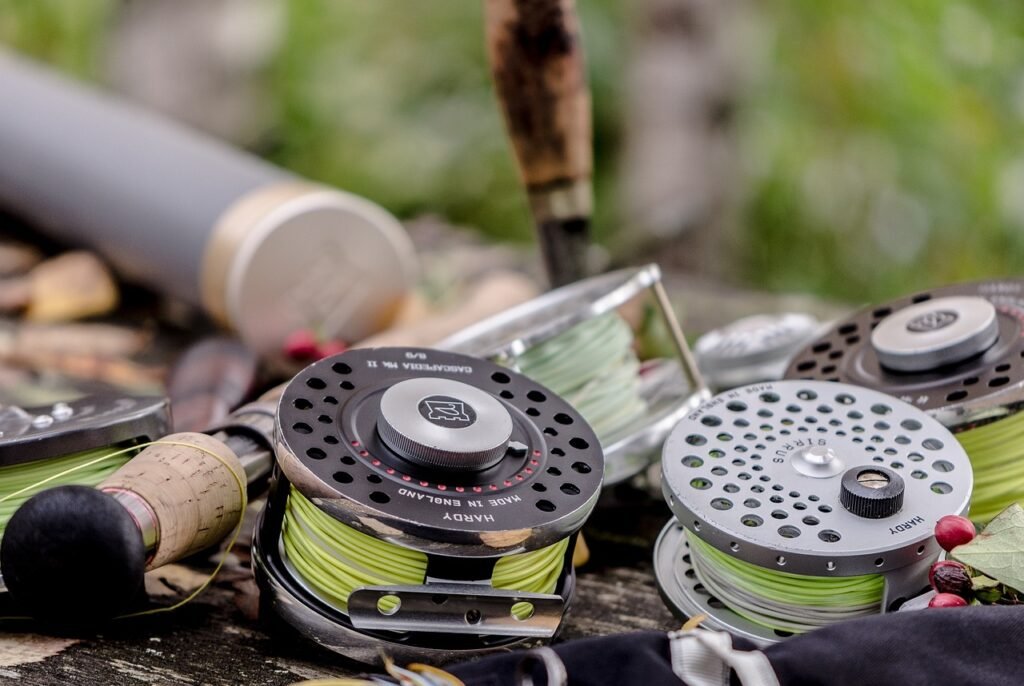Deep sea fishing is an exhilarating adventure that combines skill, patience, and the right equipment. Whether you’re a seasoned angler or a beginner, understanding the various techniques and gear required can significantly enhance your fishing experience. This article delves into popular deep sea fishing methods, essential equipment, safety guidelines, and environmental conservation practices.
Trolling is a widely used deep sea fishing technique where baited lines are drawn through the water behind a moving boat. This method is effective for catching pelagic species like tuna, marlin, and mahi-mahi.
- Rods and Reels: High-quality trolling rods (6-7 feet) and heavy-duty reels with a high line capacity are crucial. Look for reels with smooth drag systems.
- Hooks and Baits: Use strong, corrosion-resistant hooks and natural baits like squid or artificial lures designed to mimic fish movements.
- Electronics: Advanced GPS and depth meters help locate fish schools and maintain the correct trolling speed.
When trolling, maintain a steady speed and vary the depth of your lines to target different species. Always keep an eye on your rods for any signs of a bite.
Chumming involves dispersing bait (chum) into the water to attract fish. This technique is particularly effective for species like sharks, kingfish, and amberjack.
- Rods and Reels: Medium to heavy-action rods with strong reels capable of handling large fish are recommended.
- Hooks and Baits: Circle hooks are preferred for their ability to hook fish in the corner of the mouth, reducing injury. Use fresh or frozen chum blocks.
- Chum Dispenser: A chum dispenser or bucket helps distribute the chum evenly, attracting fish to your location.
Chumming requires patience and careful observation. Ensure you have a secure setup to handle the strong pulls from large fish.
Bottom fishing targets species that dwell near the ocean floor, such as grouper, snapper, and halibut. This technique involves dropping baited hooks to the seabed.
- Rods and Reels: Heavy-duty rods with strong reels and braided lines are essential to handle the weight and resistance of deep-water fishing.
- Hooks and Baits: Use sturdy hooks and natural baits like cut fish or squid. Sinkers or weights are necessary to keep the bait on the bottom.
- Electronics: Depth finders and fish finders are invaluable for locating underwater structures where fish congregate.
Bottom fishing requires precision and patience. Ensure your gear is robust enough to handle the challenges of deep-water environments.
Spearfishing is an ancient technique that involves hunting fish with a spear or a speargun. This method is highly selective and allows for a more sustainable approach to fishing.
- Spearguns: Choose between pneumatic or band-powered spearguns based on your preference and target species.
- Wetsuits and Fins: A good wetsuit provides insulation, while fins enhance mobility underwater.
- Safety Gear: Always carry a dive knife, float line, and a buoy for safety.
Spearfishing requires excellent breath-holding skills and knowledge of fish behavior. Always prioritize safety and be mindful of your surroundings.
Deep sea fishing can be dangerous if proper precautions are not taken. Here are some essential deep sea safety tips:
- Wear Life Jackets: Always wear a life jacket, especially in rough waters.
- Check Weather Conditions: Avoid fishing in adverse weather conditions. Always check the forecast before heading out.
- Carry Emergency Equipment: Ensure your boat is equipped with a first aid kit, flares, and a VHF radio.
- Stay Hydrated: Bring plenty of water and stay hydrated throughout your trip.
Responsible fishing practices are crucial for preserving marine ecosystems. Here are some tips:
- Catch and Release: Practice catch and release for non-target species or fish that are undersized. Use barbless hooks to minimize injury.
- Avoid Overfishing: Adhere to local fishing regulations and quotas to prevent overfishing.
- Dispose of Waste Properly: Never throw trash or fishing lines into the water. Dispose of waste responsibly.
Catch-and-release is a sustainable practice that helps maintain fish populations. Follow these tips for successful catch-and-release:
- Handle Fish Gently: Wet your hands before handling fish to protect their slime coat.
- Use Proper Tools: Use de-hooking tools to remove hooks quickly and safely.
- Revive Exhausted Fish: Hold the fish in the water and move it gently to help it regain strength before releasing.
Deep sea fishing offers an unparalleled connection with nature and the thrill of the catch. By mastering various techniques, using the right gear, and adhering to safety and conservation practices, you can enjoy a rewarding and sustainable fishing experience













Leave a comment